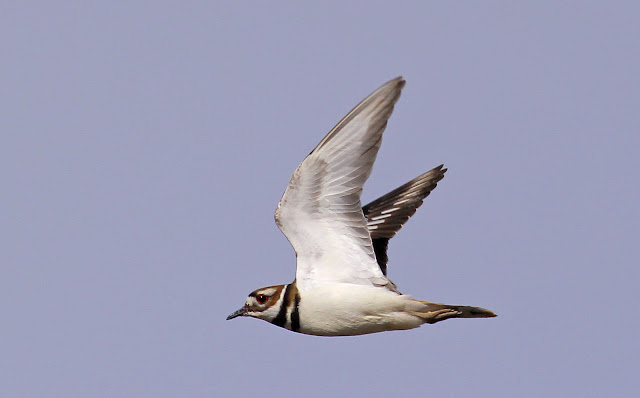Lets begin at the end. It was my last day at the firehouse. This is a day every firefighter experiences; it is the lucky fireman who walks out knowing it's his last.
That's me, lucky.
I reluctantly left the Detroit Fire Department at 59 years of age, twelve months earlier than the mandatory retirement age of Sixty. The last five years I had been the Senior Fire Engine Operator of Engine 23. Through those years I have seen a remarkable group of professional firefighters push back against the firestorm that relentlessly consumes the City of Detroit one building at a time. With a destitute, barely functioning Government backing them up, front line smoke eaters, the folk whose job description is "first one through the door", have been walking point for over twenty years straight. Indeed, the average age of a Detroit firefighter at this writing is 45 And that's an old 45. Struggling smoke blind through a tangled jumble of "god knows what," tugging a stiffly charged attack line to the seat of the fire, is designed for fresh and hardy twenty year old men and women. The Motor City firefighters of today have never been off the pipe in all their long years and like nowhere else on the planet, in Detroit, you are guaranteed a fire every working day of your career.
There is no safety net, it is not work for sane people, yet these hard scrabble public servants are capable of astonishing feats.
It is a privilege anyone associated with the fire service would relish; to be a fly on the wall when the inner circle of this century old firehouse gets down to relighting their old box alarms. Everything that cannot be learned in the curriculum of a good fire science degree is shared first hand. Like how it feels when your ears start to melt off. Here the old saying applies: If you wanna know, you gotta go.
I feel like I speak as an outsider already. The newly departed have a sense of urgency and clarity to their reminisces by virtue of their new perspective floating as they do just above the fray.
I want to say thank you to everyone who has helped me get to this day of retirement but my ghostly fingers pass right through what used to be brick and steel and I can not find a way.
The Yellow Rumped Warbler is the first of this jumpy species to return to Michigan in the spring. I chased a pair around a heavily wooded corner of my riverside lot yesterday but the sun was high and bright, complicating the many good looks I had with dark underbellies and twiggy shadows. They dodged around from branch to branch happily gobbling up insects and paying me no mind. The Northern Flicker in the header, on the other hand, visited for only a few seconds while I concentrated on the Yellow Rumps all afternoon and wouldn't you know it, the Flicker snaps were the catch of the day.
Also on a happy note I found a pair of Tufted Titmice nesting in an old woodpecker hole with great afternoon sun. I think maybe the wildlife is getting used to my being around more. The chipmunks practically ignore me!
I am happy to acknowledge China, New Caledonia, Antiqua, Barbuda, and Montenegro as first time countries to visit World Bird Wednesday this month.
Cheers,
Dave
You don't have to be a Bird Watcher or expert photographer
to join in, just enjoy sharing what you bring back from your explorations and
adventures into nature!
#1Simply copy the above picture onto your
W.B.W. blog entry, it contains a link for your readers to share in the fun. Or,
you can copy this link on to your blog page to share WBW. http://pineriverreview.blogspot.com/
#2Come to The
Pine River Review on Tuesday Noon EST North America through Wednesday midnight
and submit your blog entry with InLinkz.
#3Check back in during the course of the
next day and explore these excellent photoblogs!
The idea of a meme is that you will visit each others blogs
and perhaps leave a comment to encourage your compatriots!
Come on it's your
turn!



















